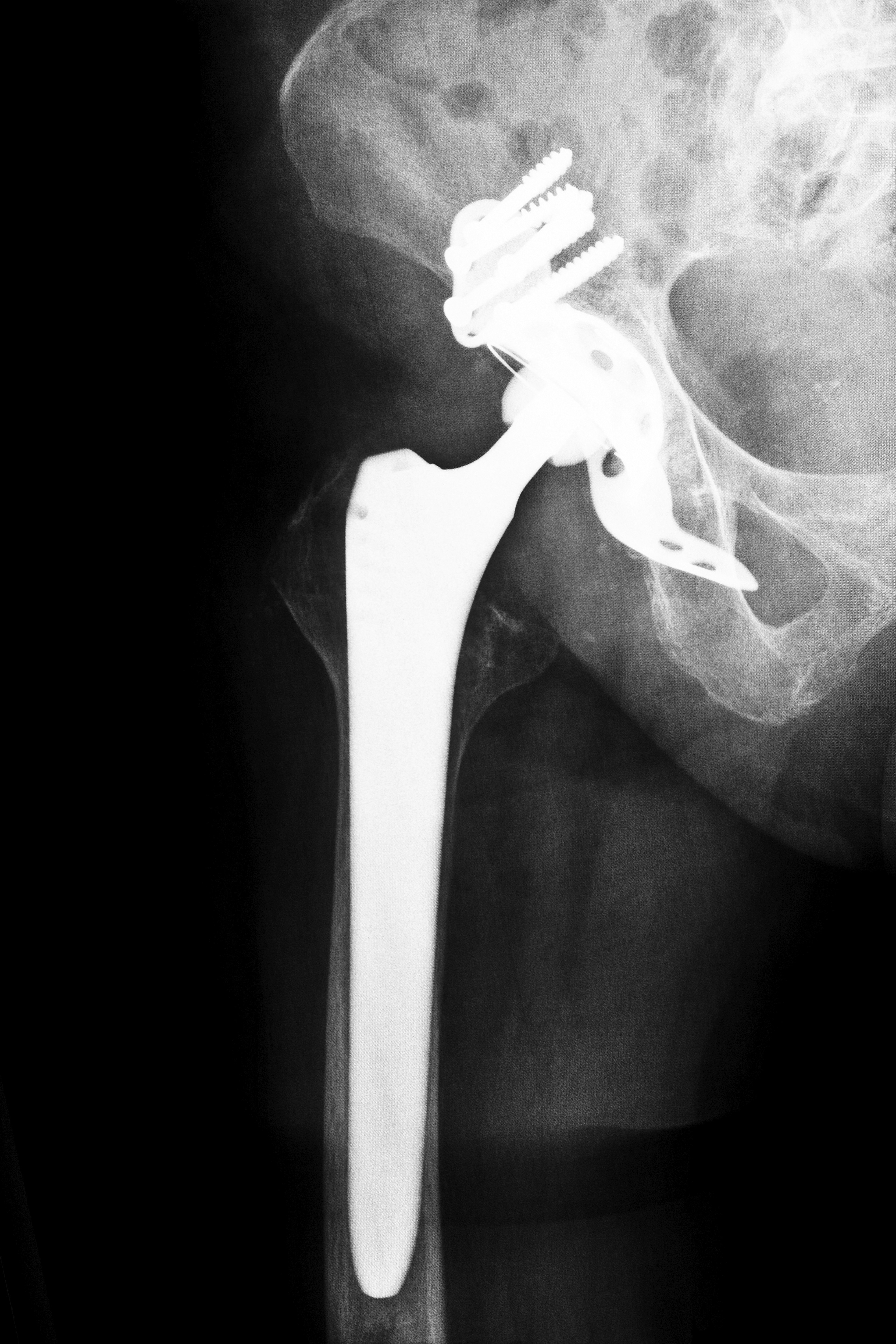 Attorney Group for California can discuss potential claims on behalf of patients who were fitted with metal-on-metal hip implant devices and later suffered from complications such as pain, limited mobility and early device failure. In many cases, patients report that they were required to undergo additional procedures when the devices prematurely failed, and these surgeries were often more painful, complicated and expensive than the initial implantation procedure.
Attorney Group for California can discuss potential claims on behalf of patients who were fitted with metal-on-metal hip implant devices and later suffered from complications such as pain, limited mobility and early device failure. In many cases, patients report that they were required to undergo additional procedures when the devices prematurely failed, and these surgeries were often more painful, complicated and expensive than the initial implantation procedure.
What are the Common Types of Hip Replacements?
Older patients with arthritis or younger patients that are suffering from decreased mobility due to injuries or other health conditions may undergo surgery to receive a hip replacement device. The types of hip replacements used may depend on the preference of the surgeon as well as the benefits and drawbacks of specific types of hip replacements as evident from clinical trials and studies.
Metal and plastic hip replacement devices are made of a plastic spacer and a metal ball and socket. A surgeon removes the damaged portion of the patient’s hip and implants the metal components in its place before inserting the spacer in between the two. Titanium, cobalt, chrome and stainless steel are most often used in metal implants.
Similarly, metal-on-metal hip implants function in much the same manner and are made of the same materials. However, these devices are most often implanted in patients with active lifestyles as they are less prone to wearing and are designed to have a greater range of motion.
Dangers to Consider
Although there are risks and hazards associated with any medical device including all types of hip replacements on the market, metal-on-metal hip implants may be more likely to cause several adverse complications due to the materials used to manufacture the devices. It is important to understand that different types of hip replacements may be more suitable for certain patients depending on their activity levels, age and overall health condition.
Patients who have been fitted with metal-on-metal hip implants may be at an increased risk of suffering from dislocation, infection, limited mobility, a difficulty walking and metal sensitivity. Additionally, since the metal-on-metal hip implants are made of all-metal components, the two parts can possibly rub together and cause metal toxicity should the cobalt or chromium shards find their way into the patient’s bloodstream. Patients may be able to file a lawsuit in California if they can prove that their injuries were directly caused by a metal-on-metal hip implant.
DePuy, Stryker Named in Lawsuits
In December 2013, Stryker Orthopedics agreed to a settlement to resolve lawsuits filed on behalf of patients who had received the company’s Rejuvenate and ABG II hip replacements and allegedly suffered from complications. More recently, DePuy Orthopaedics reached a $2.5 billion settlement for more than 8,000 claims pertaining to the company’s ASR metal-on-metal hip implants. According to patients, DePuy’s ASR and Pinnacle devices were prone to infection, pain and early device failure, which often resulted in the need for costly and painful revision surgeries. As of April 15, 2014, 5,700 lawsuits were filed against DePuy by Pinnacle patients.
Contact Attorney Group for California Today
Attorney Group for California offers free case evaluations to patients who have been fitted with metal-on-metal hip implants and who suffered complications allegedly due to the devices. To learn more about the types of hip replacements we accept and determine whether you have a case, contact Attorney Group for California. We can connect you with an affiliated attorney in California who can work to help you recover the damages that you may deserve depending on the circumstances surrounding your injury.






